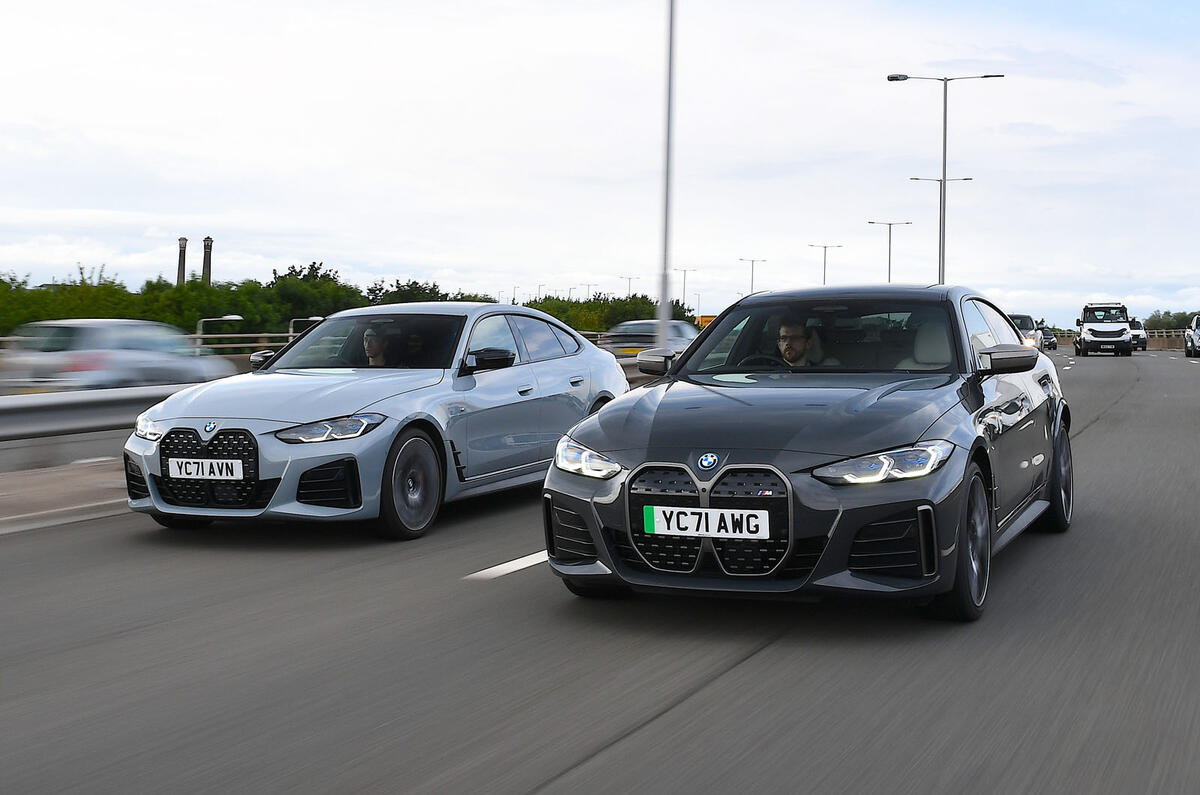Just ahead of his elevation to the position of CEO at BMW in 2019, then production head Oliver Zipse spoke at an event at the Mini plant in Oxford about the need for caution when it came to EVs.
“Flexibility is key,” he told journalists. “If we predict the success of [the BMW] 3 Series, we can be pretty much spot-on. To predict electromobility is much more difficult.”




Add your comment